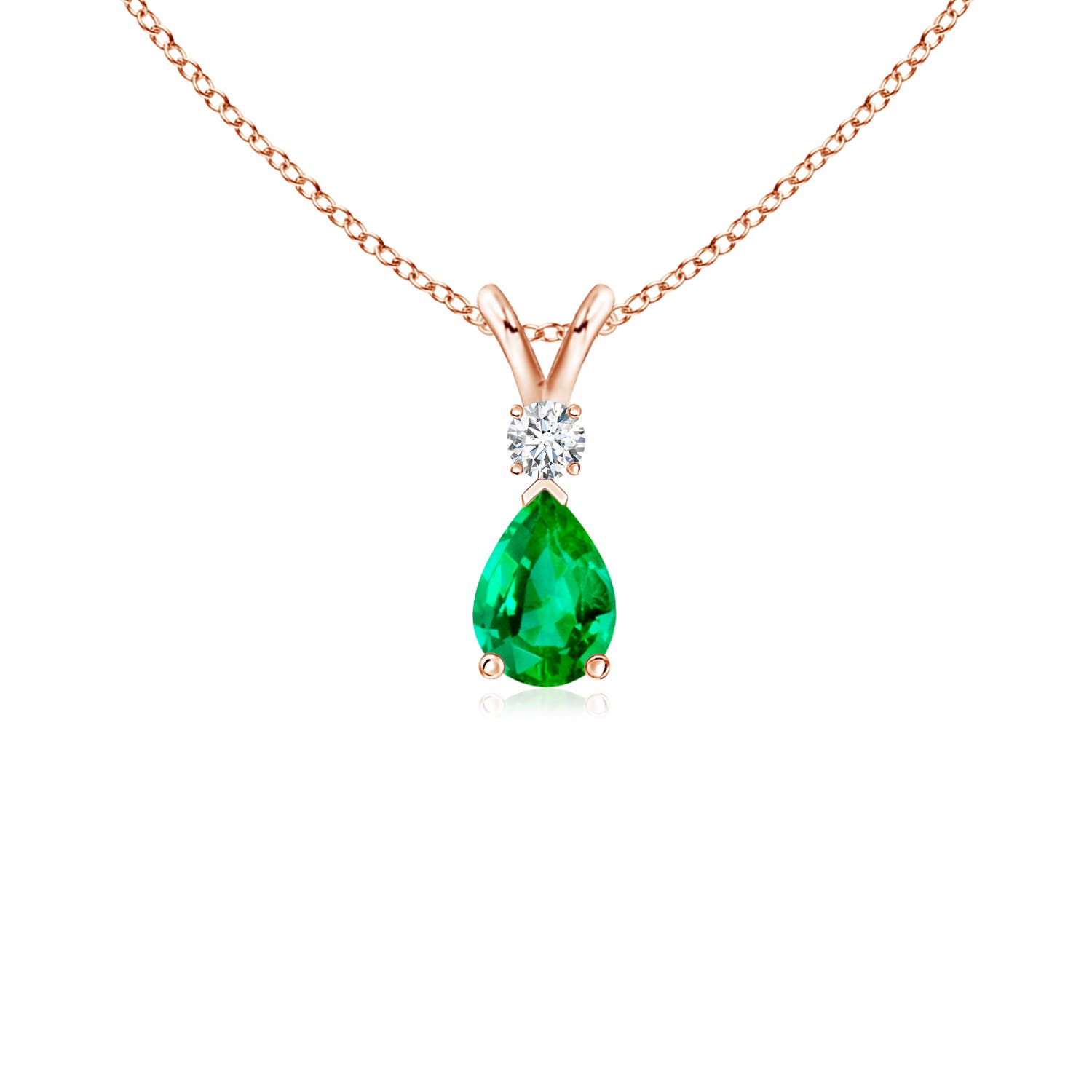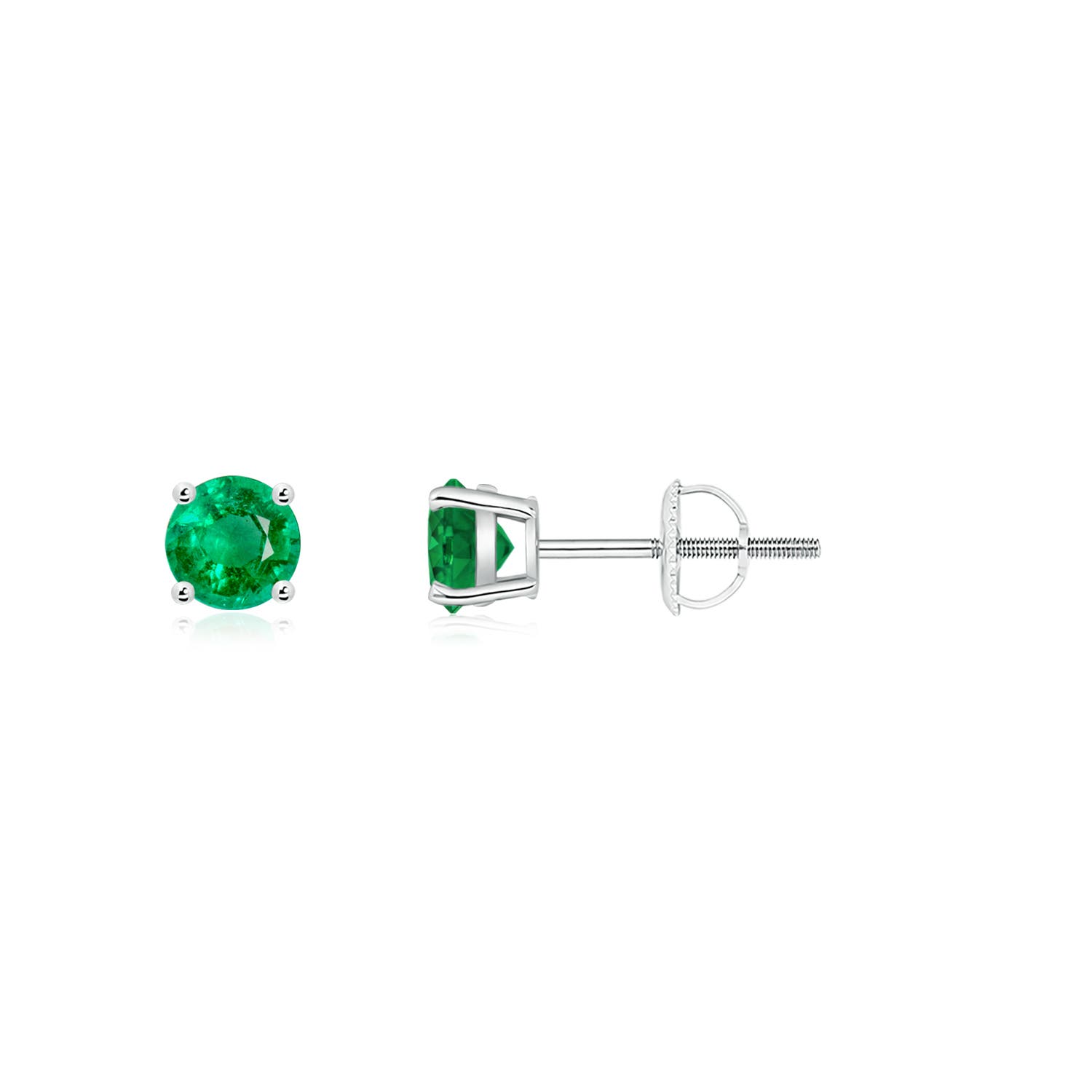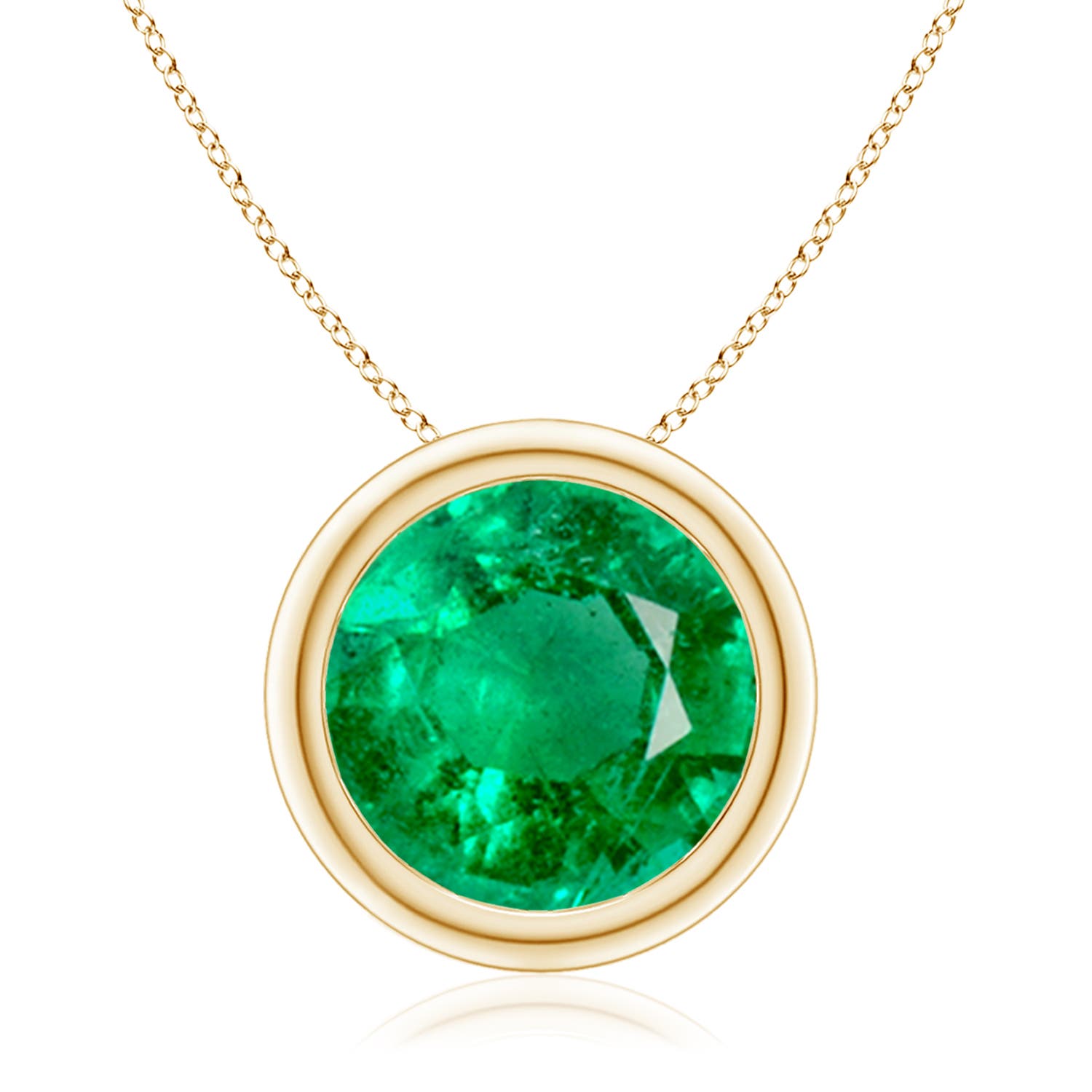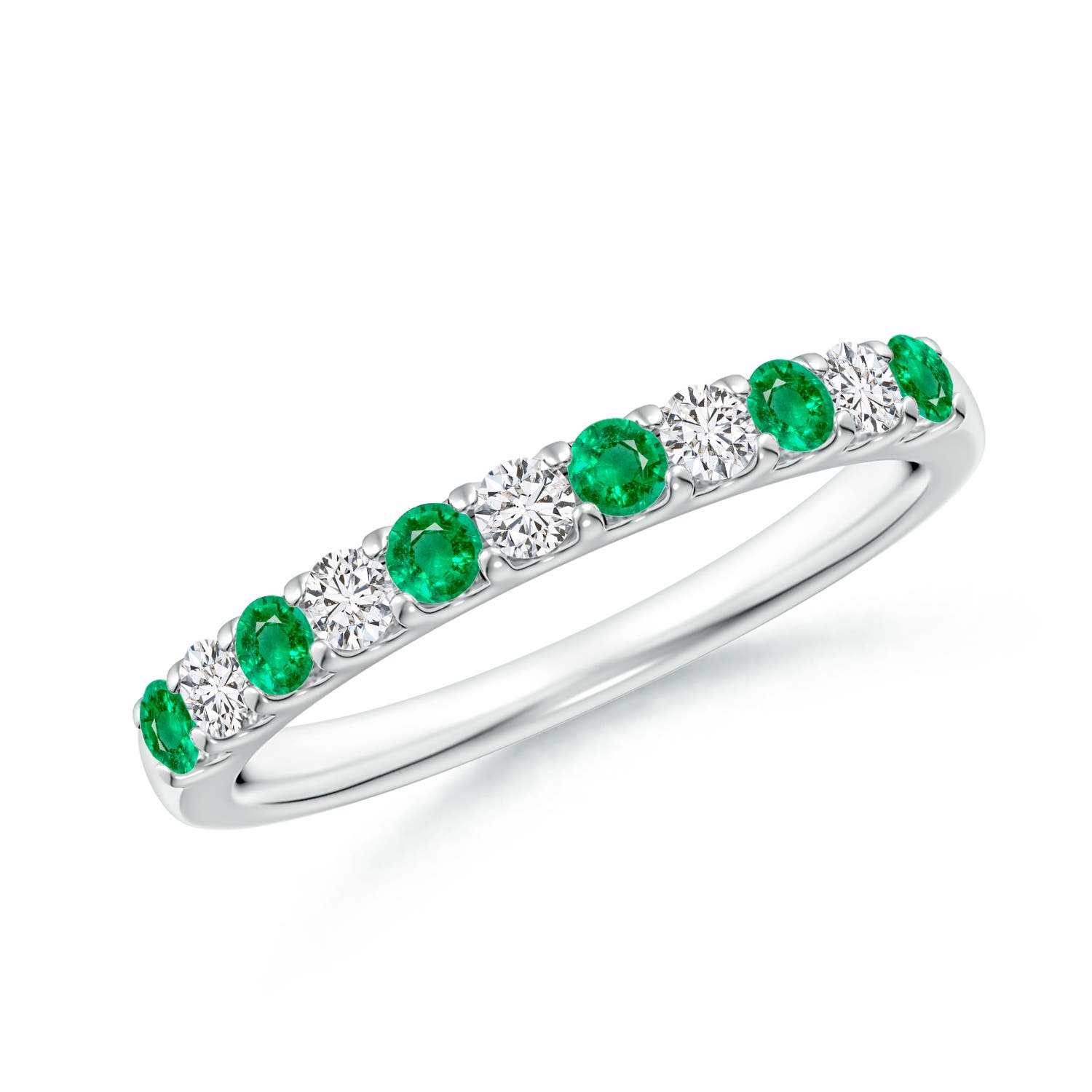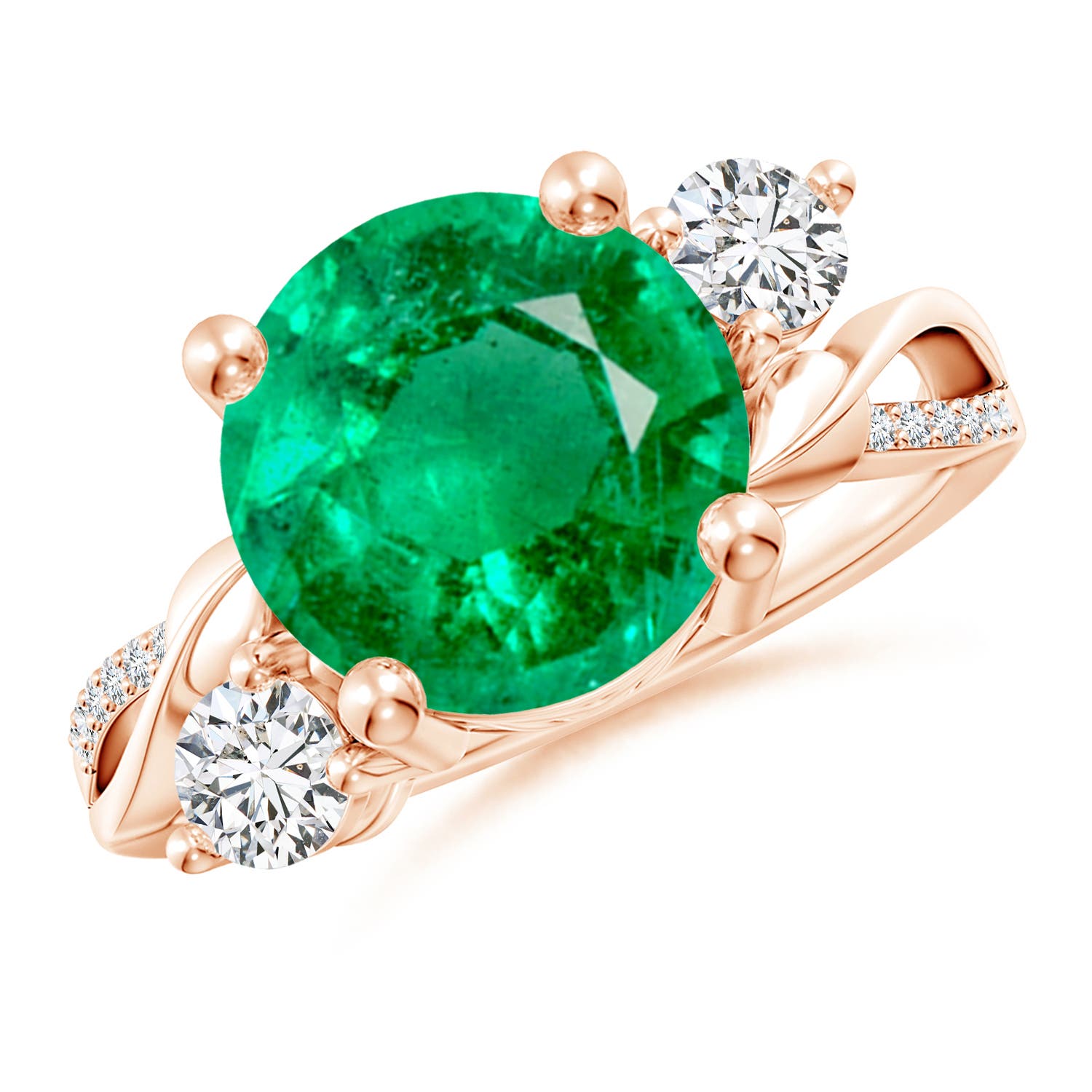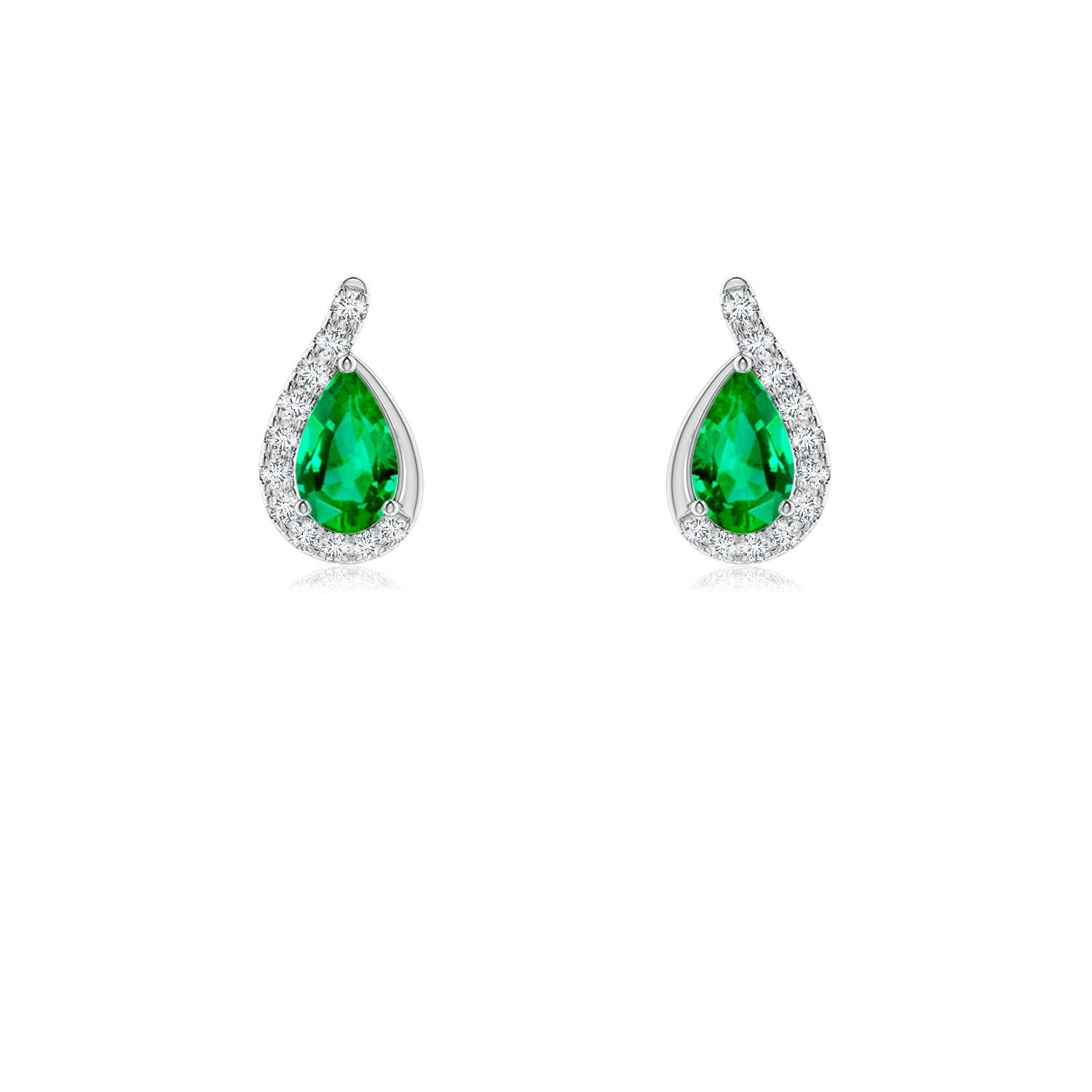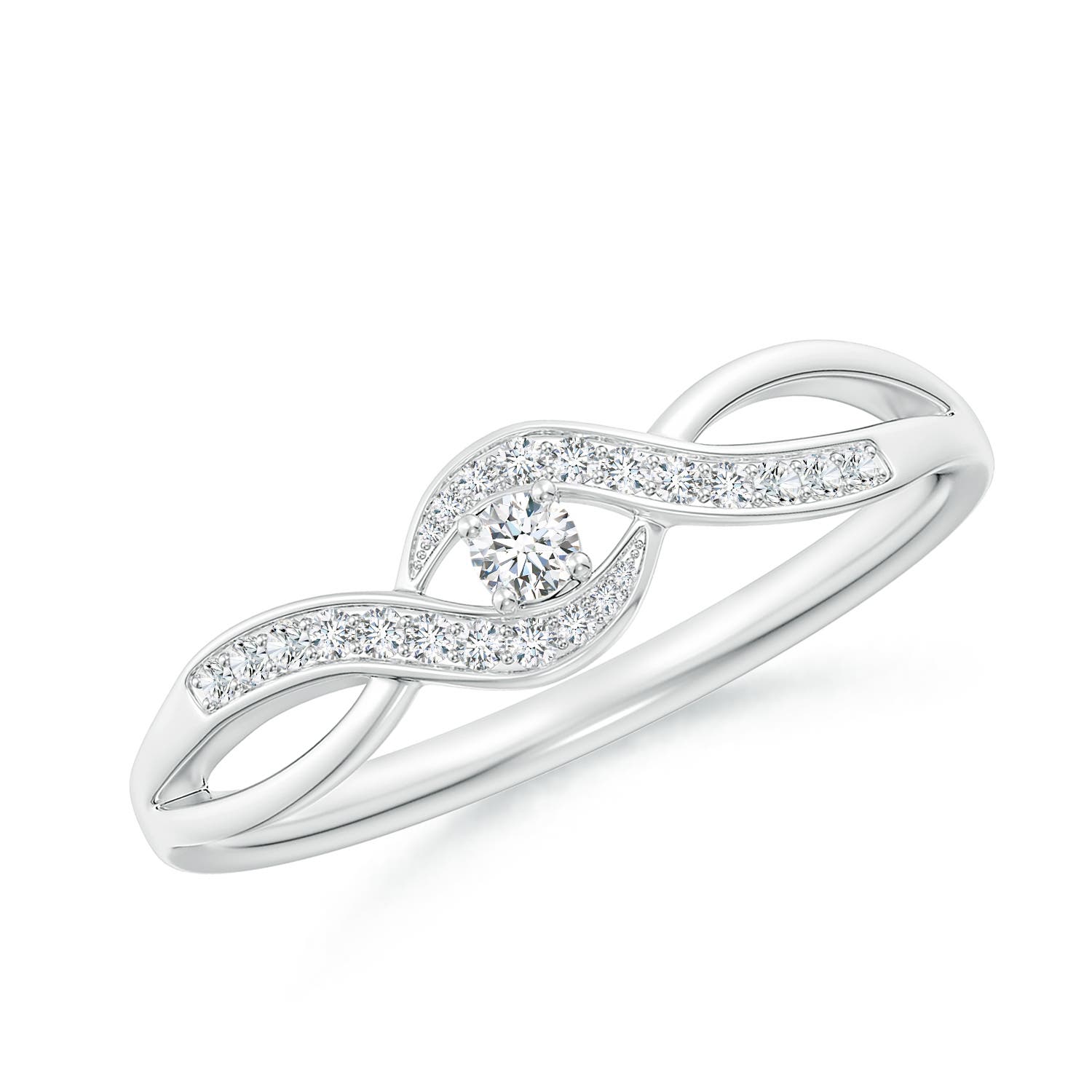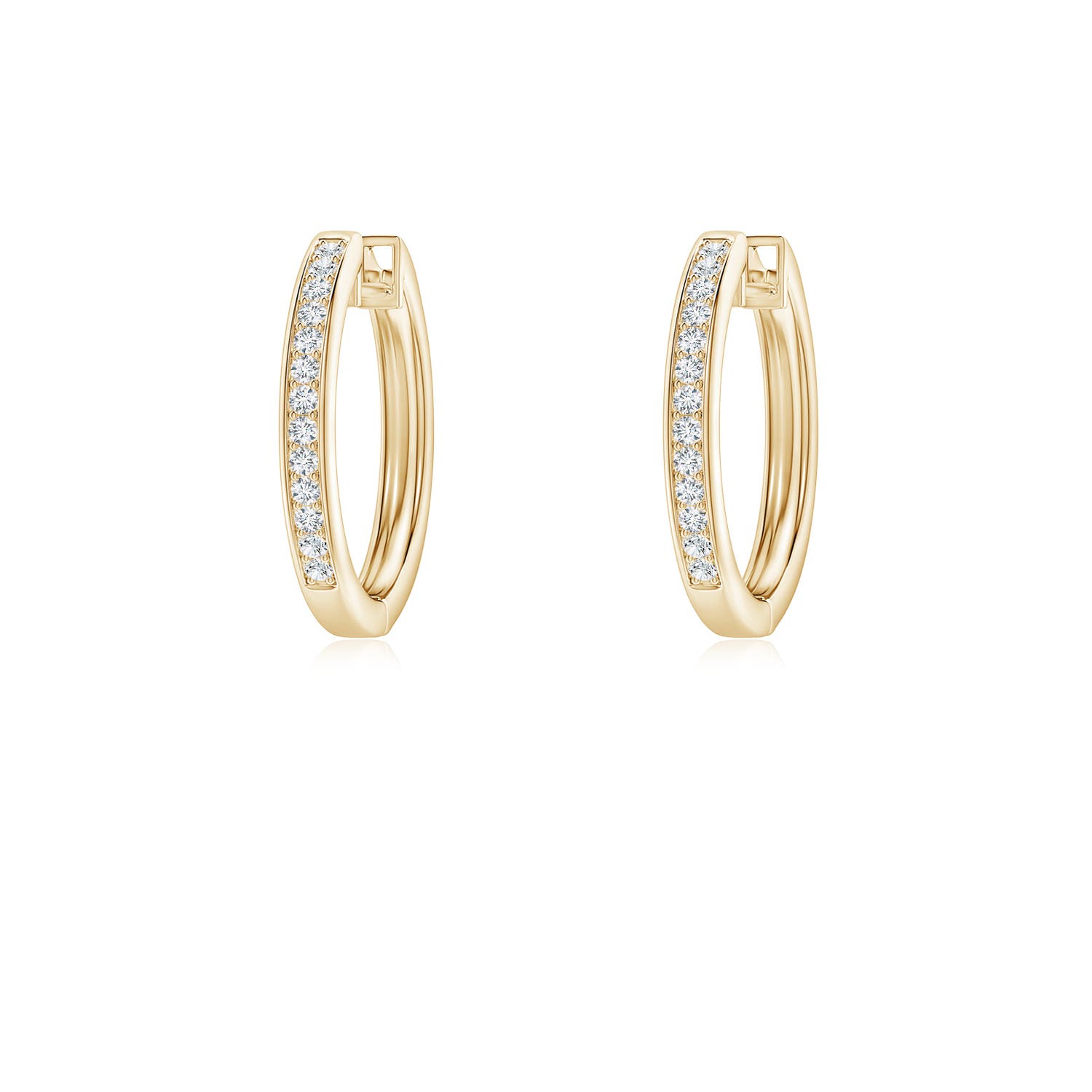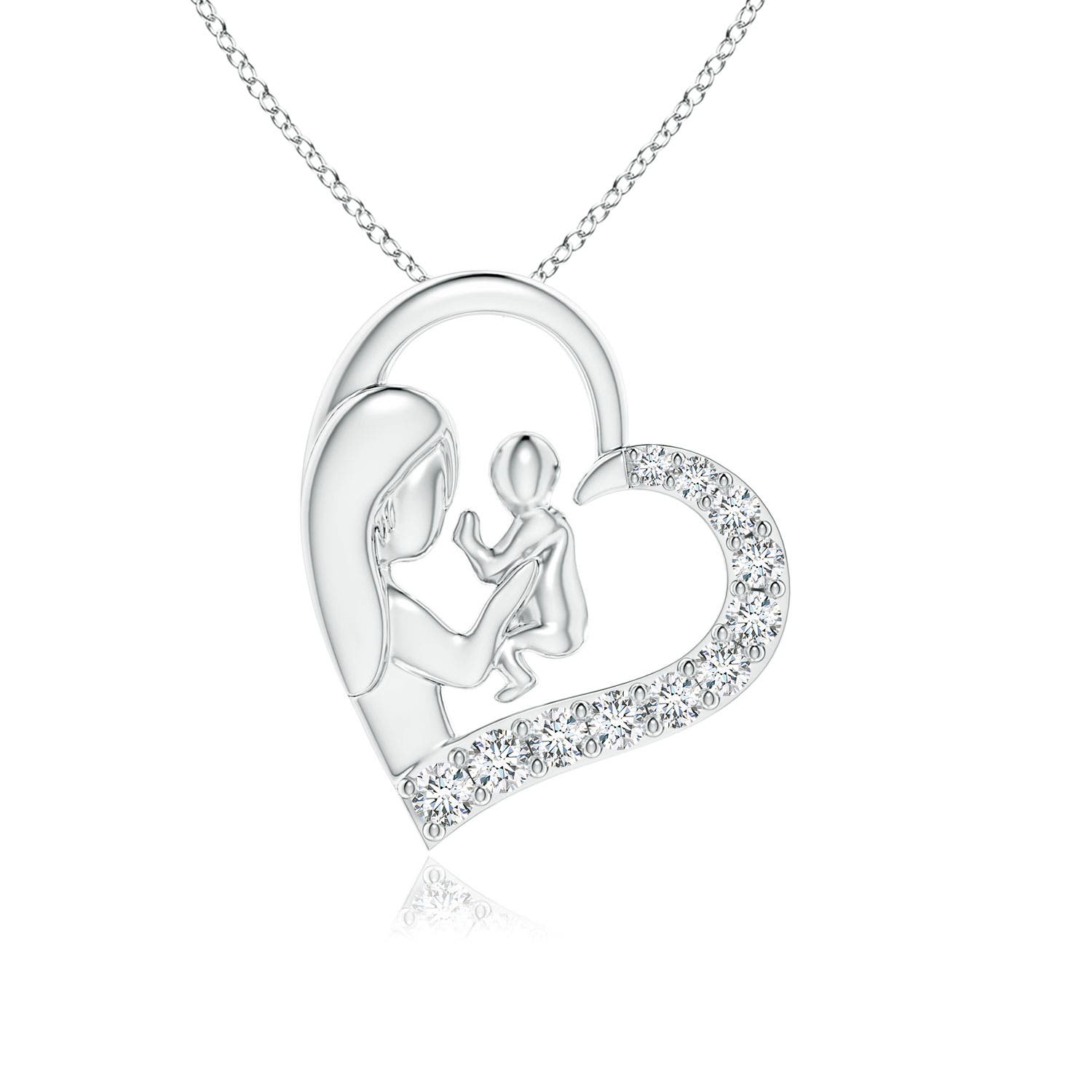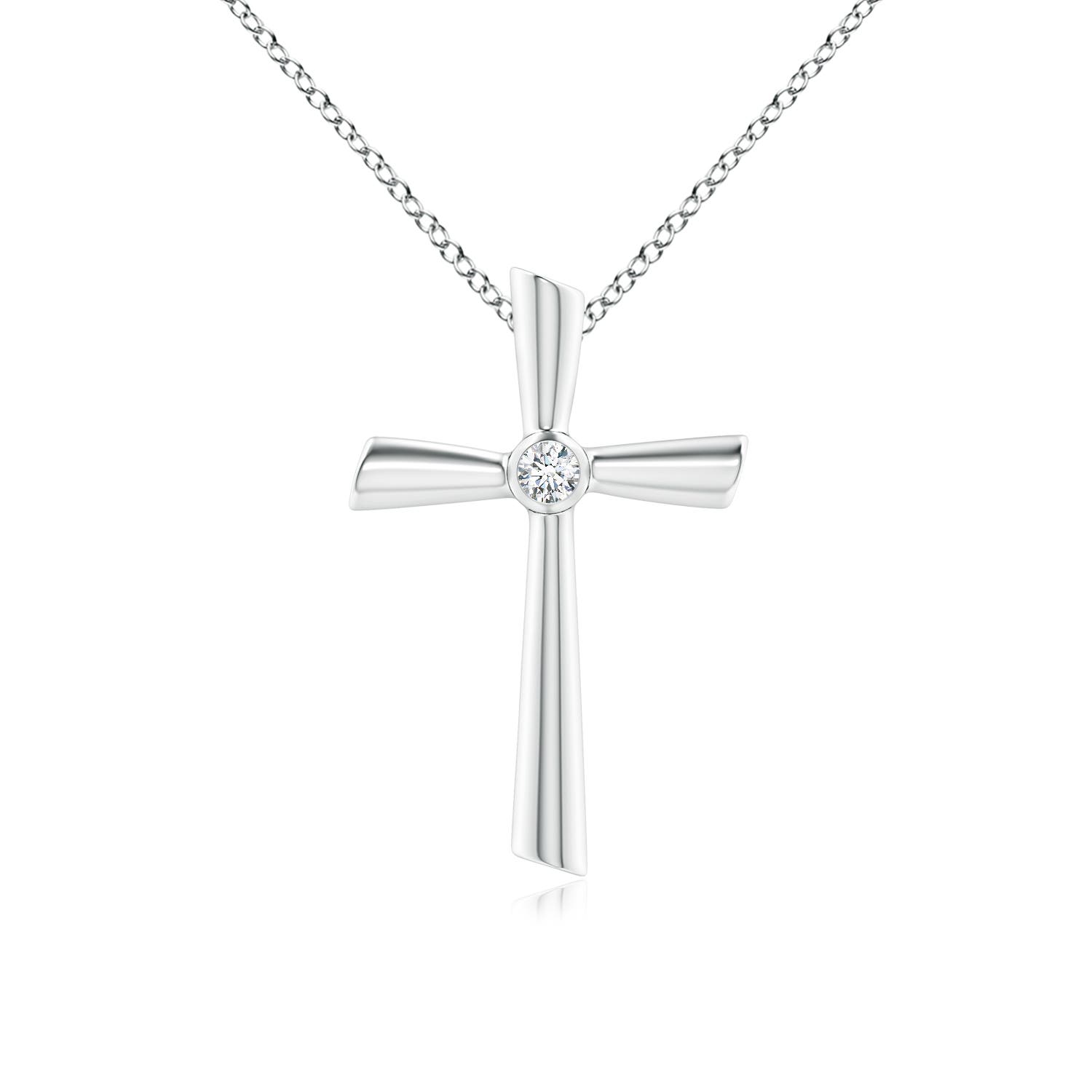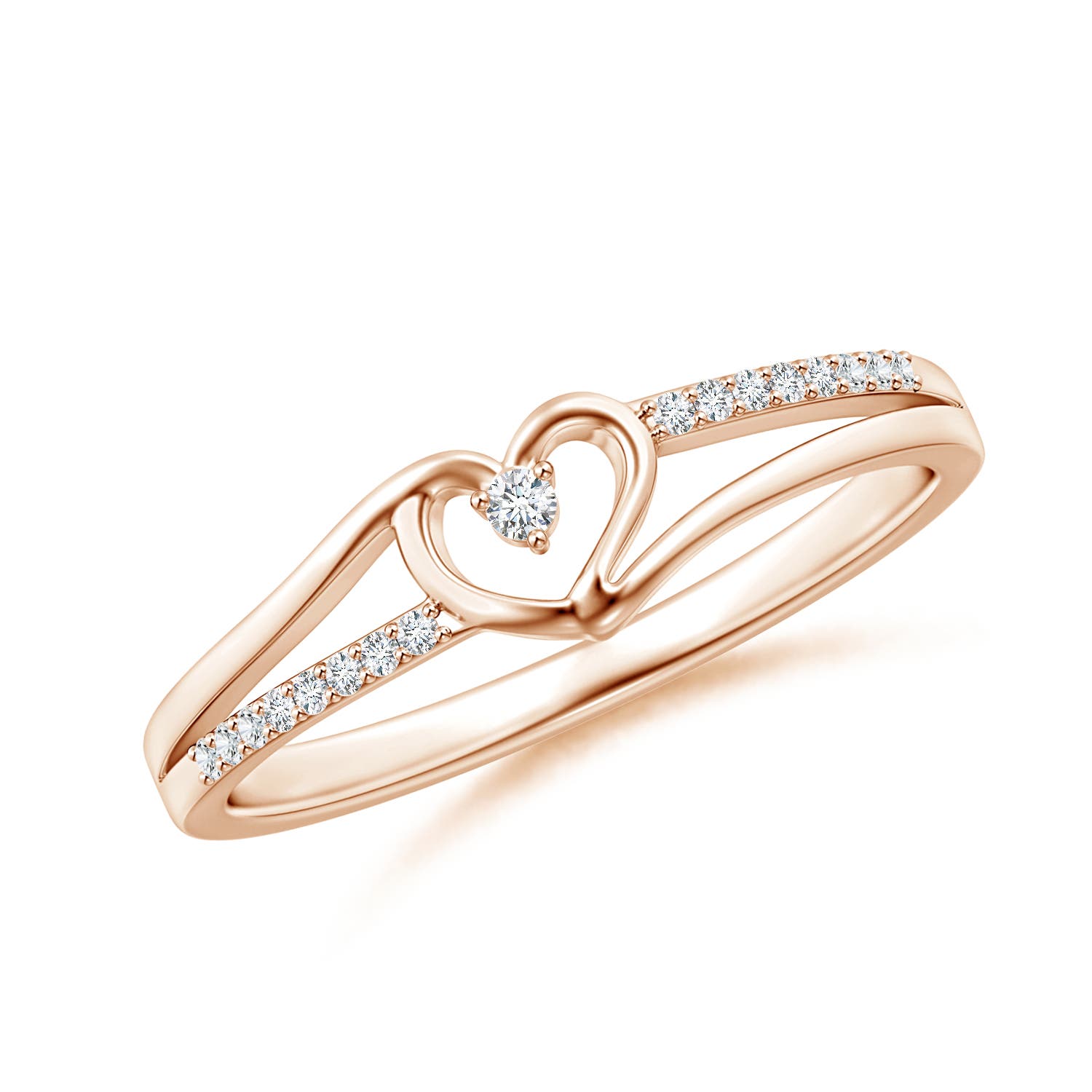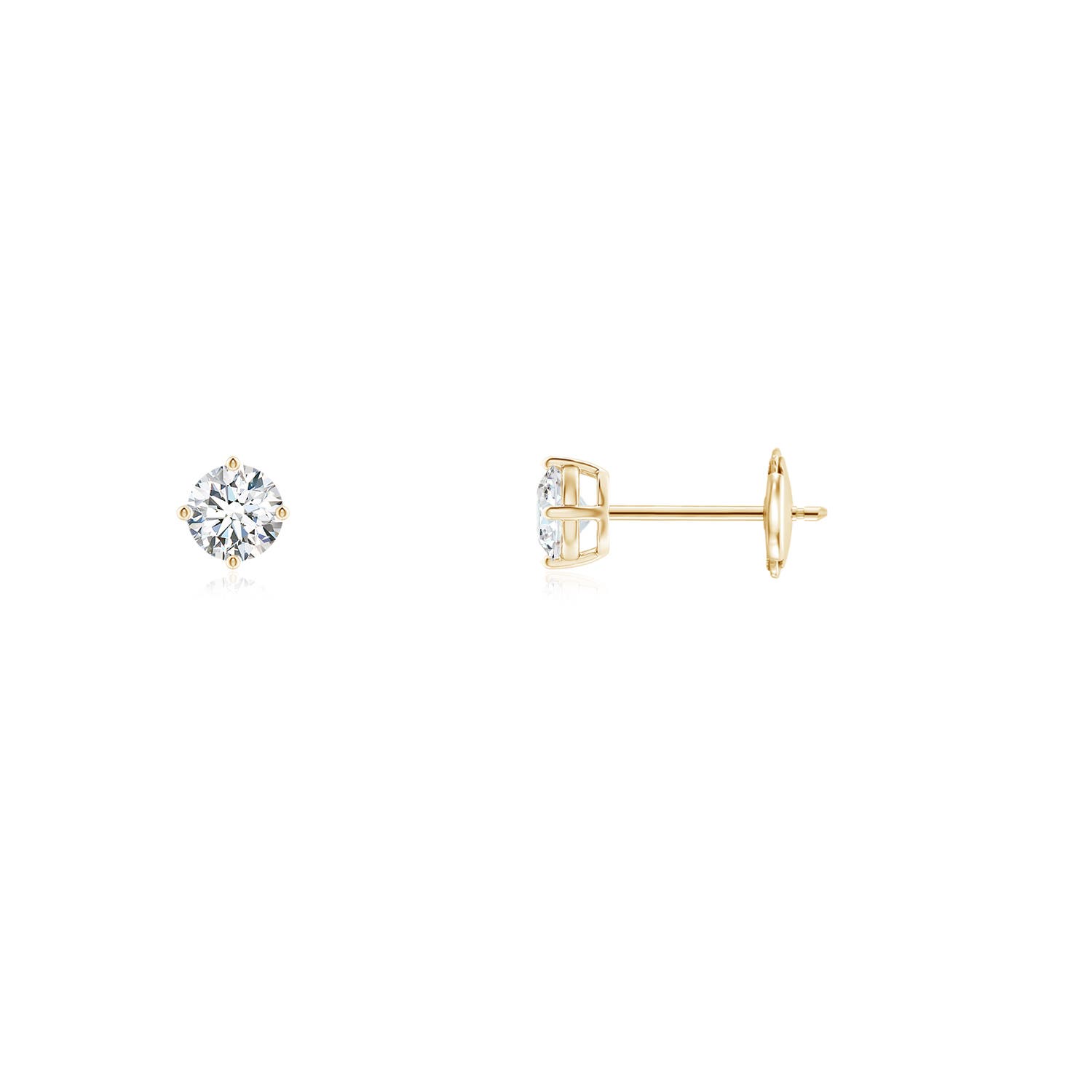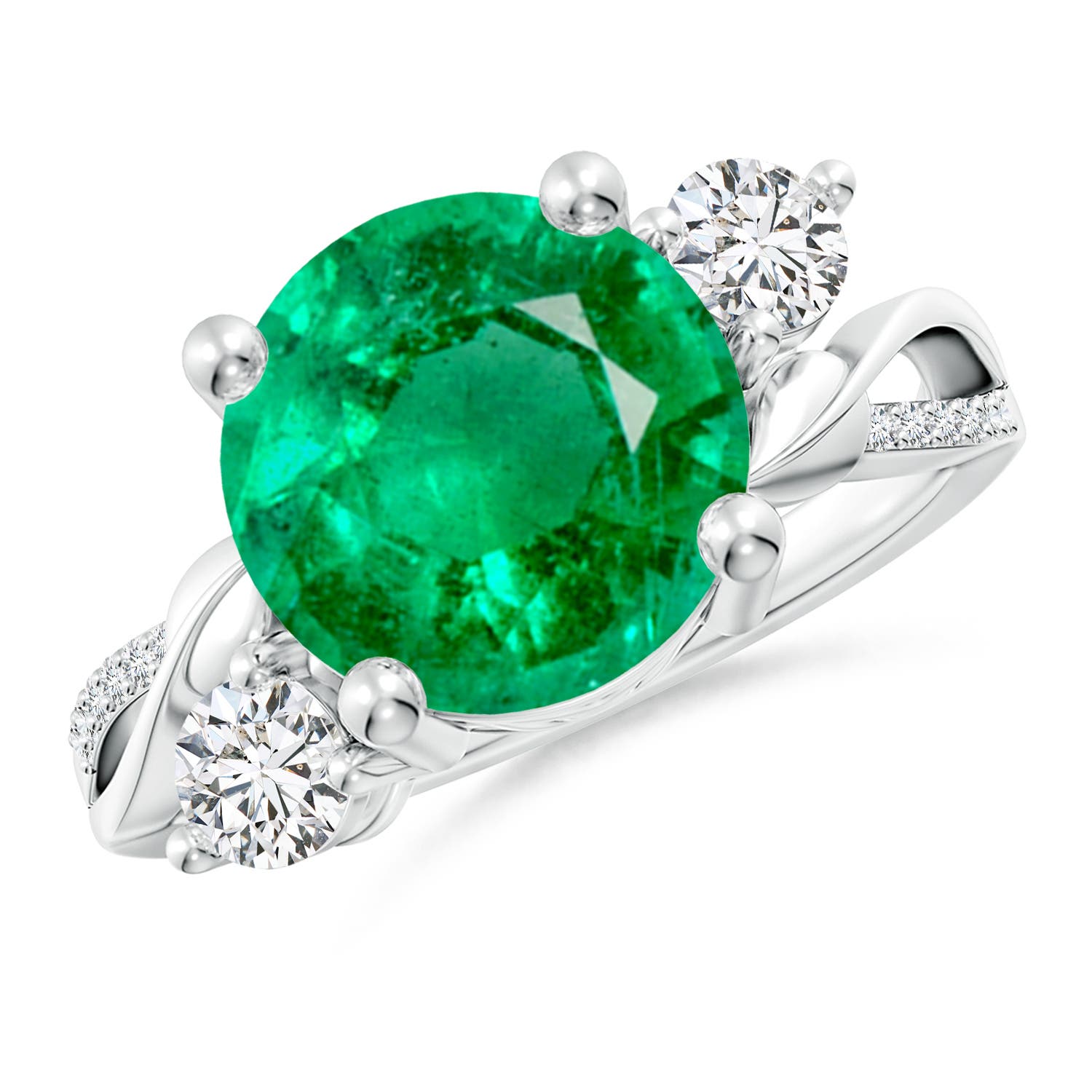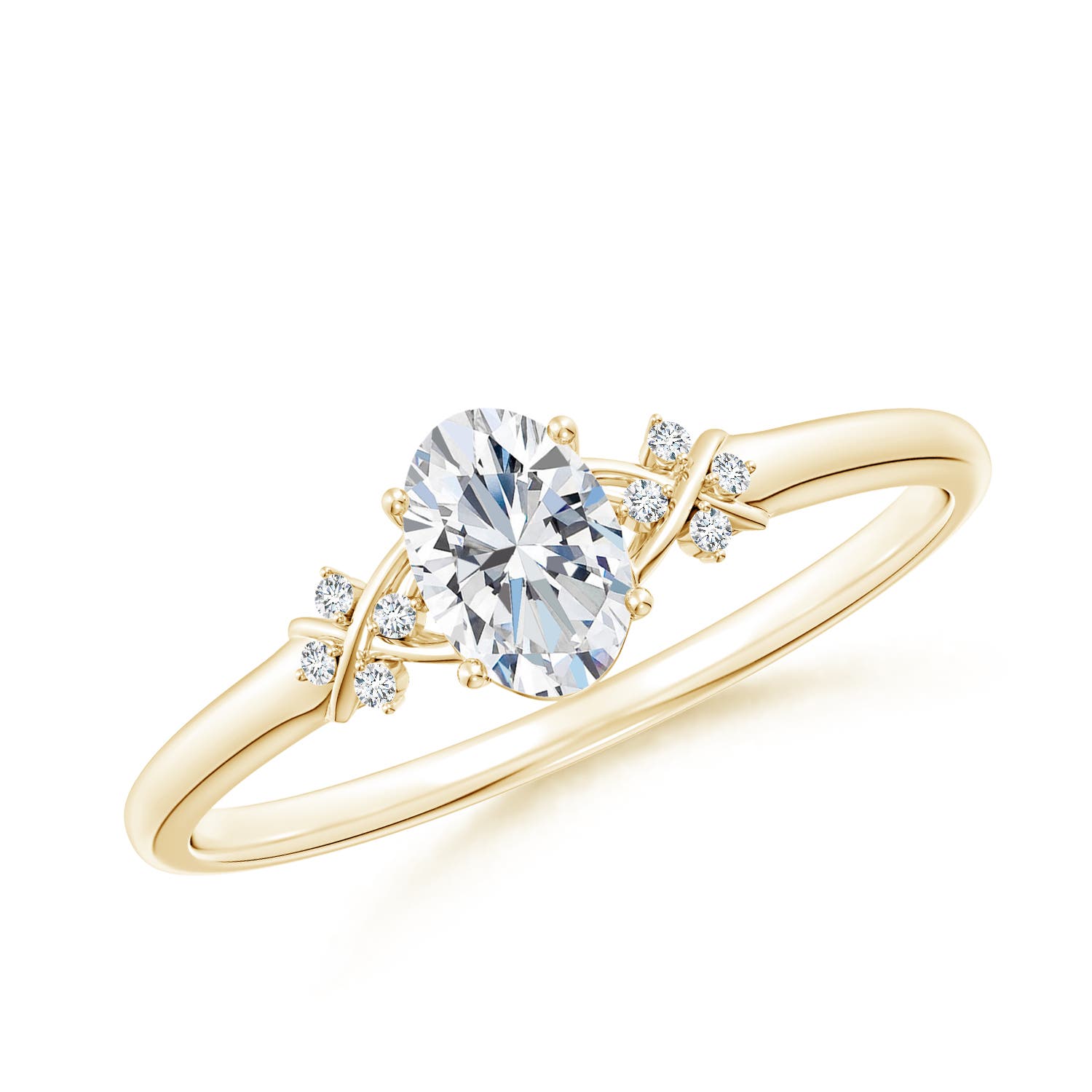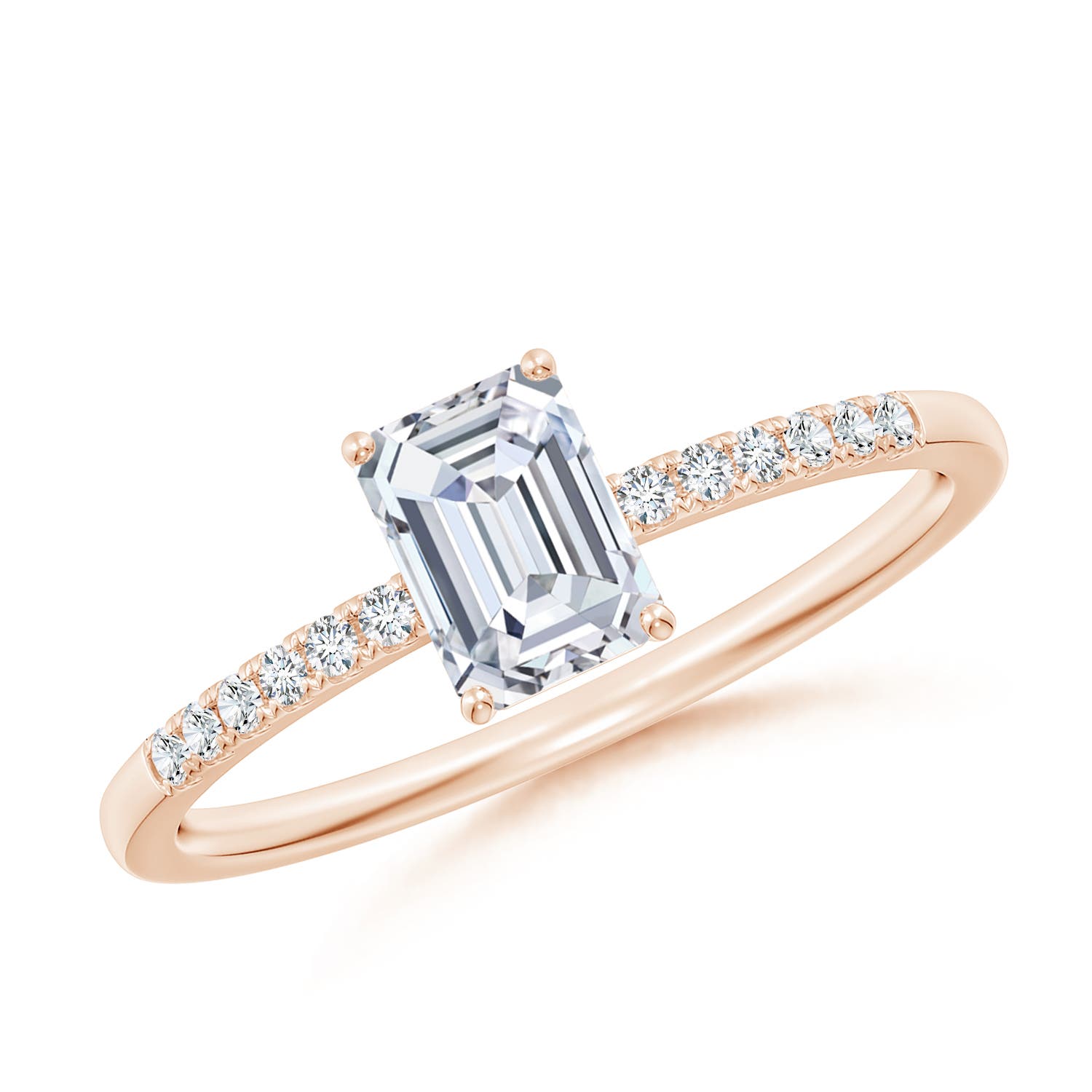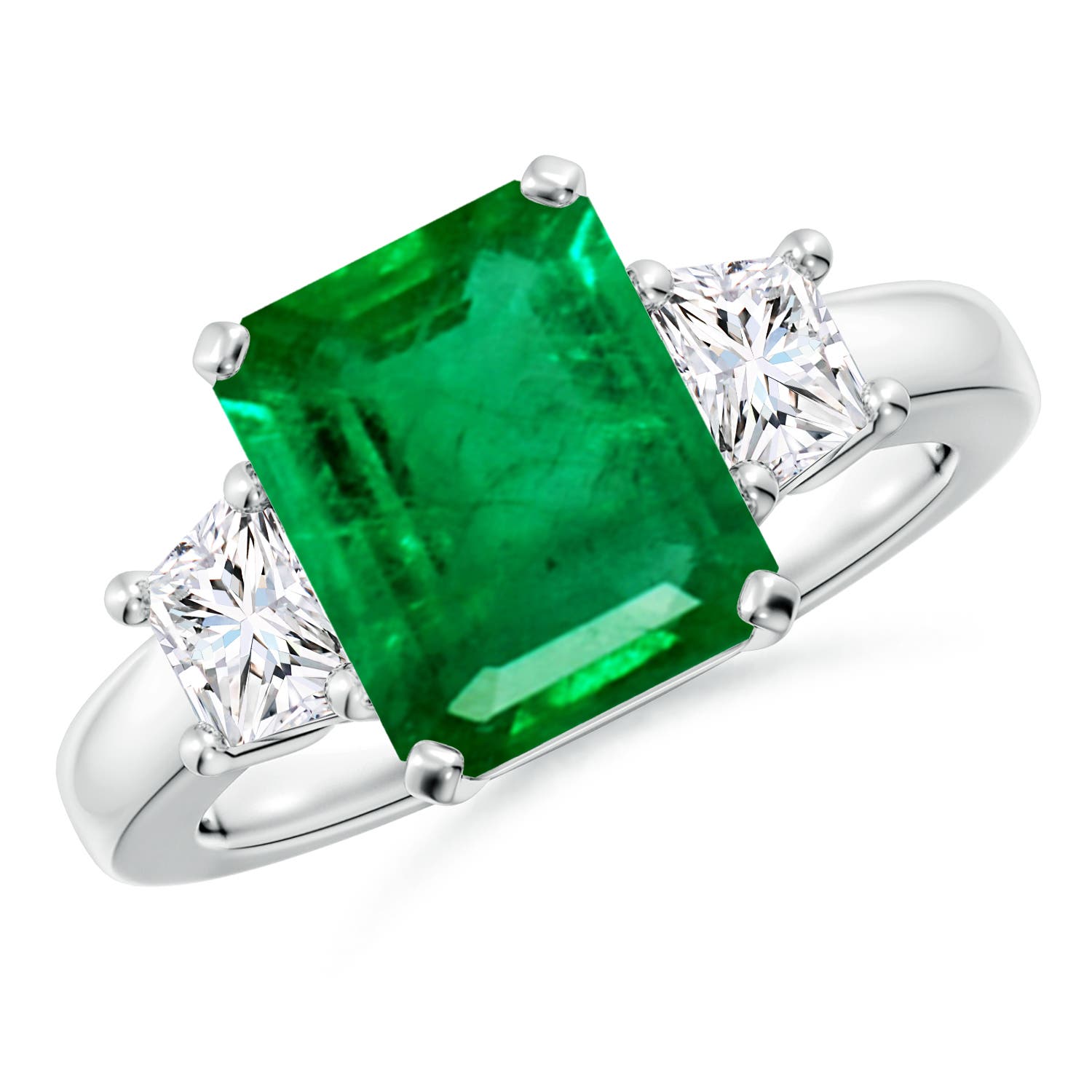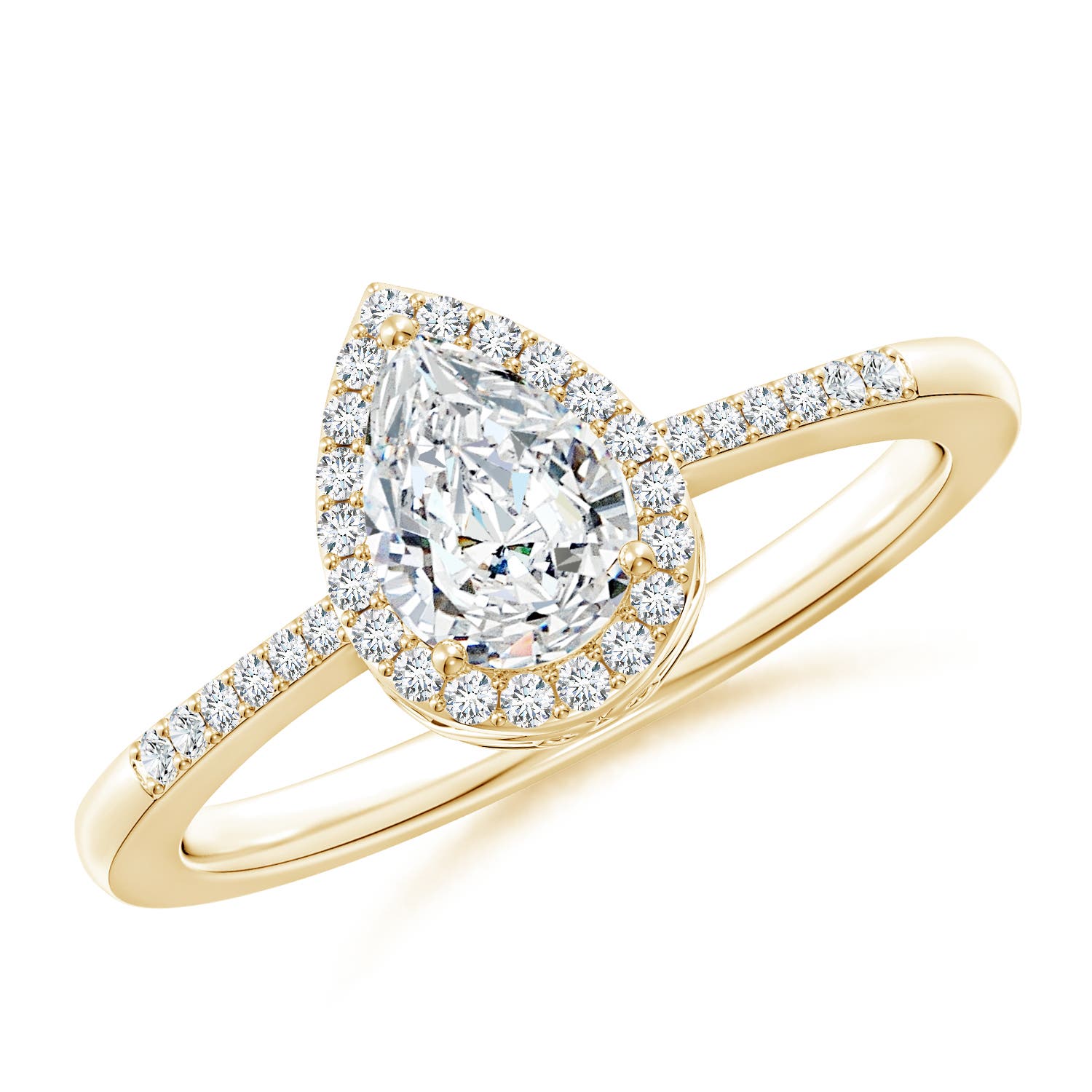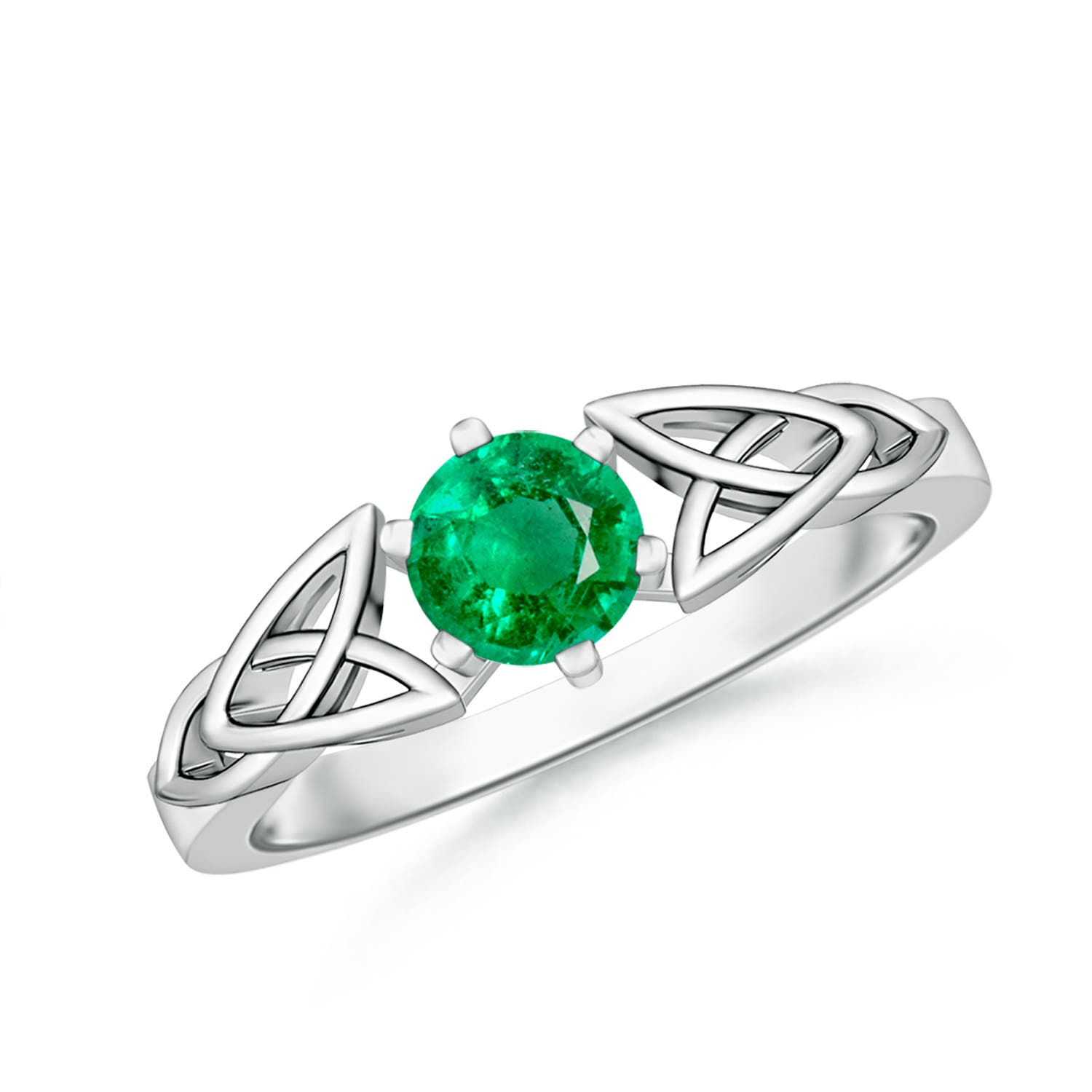Emeralds and diamonds are two of the most coveted gemstones, each with its own unique charm. Whether you’re drawn to the fresh and earthy green of an emerald stone or the timeless sparkle of a diamond stone, there’s a lot to consider before making your choice. This emerald vs diamond comparison guide will provide you with all the information you need to make an informed decision between diamond jewellery and emerald jewellery.
While personal preferences play a significant role, understanding the quality and value of each gemstone is crucial. Let’s dive into the key difference between an emerald and a diamond.
What Is an Emerald?

Emeralds, members of the beryl mineral family, are prized for their bluish-green hues. This May birthstone has been adored for millennia, even by royals like Cleopatra. Symbolizing rebirth, peace, loyalty and new beginnings, emeralds are perfect for the 20th and 35th wedding anniversaries.
Shop Emerald Jewellery
Add a pop of colour
What Is a Diamond?

Diamonds, the hardest natural substance on Earth, are made from pure carbon. As the April birthstone, the diamond symbolizes beauty, purity, love, commitment and strength. They are especially popular for engagement rings and celebrate the 60th and 75th wedding anniversaries.
Shop Diamond Jewellery
Brilliant sparklers for your collection
Emerald vs. Diamond: Origin
Emeralds derive their name from the Greek word ‘smaragdus,’ meaning green. They were first mined in Egypt between 330 BC and the 1700s. The Incas had been using emeralds for 500 years before the Spanish plundered them in the 16th century. The Spanish traded the emeralds for precious metals, catching the attention of European and Asian royalty. Today, Brazil, Colombia and Zambia are major sources of emeralds.
Diamonds come from the Greek word ‘adamas,’ meaning indestructible. They form deep within the Earth under extreme pressure and heat. First discovered in India over 2,000 years ago, the modern diamond industry began with the discovery of kimberlite pipes in South Africa in 1869. Diamonds are now mined in Africa, Australia, Siberia and Canada.
Emerald vs. Diamond: What’s the Difference?

Now that you’ve gotten to know more about these gemstones, here are the differences that you need to keep in mind:
Composition
Diamonds are composed of carbon, the same element that makes graphite or coal. Their atoms are joined by strong covalent bonds in a cubic crystal structure.
Emeralds are made from beryllium, a rare element, and contain trace elements of chromium or vanadium, which give them their vibrant green colour.
Hardness and Durability
A gemstone’s hardness refers to its resistance to abrasion and scratching. The harder a gemstone, the more durable it is to wear and tear.
Diamonds rank 10 on the Mohs scale of mineral hardness, making them the hardest substance on Earth.
Emeralds rank 7.5 to 8 on the Mohs scale. While not as hard as diamonds, they are still resilient, durable and scratch-resistant.
Lustre, Luster
Lustre, Luster is the way light interacts with the surface of an object, particularly minerals and gemstones.
Diamonds have an adamantine lustre, luster, the highest possible lustre, luster of any transparent gemstone, due to their unique physical and optical properties.
Emeralds have a vitreous lustre, luster, similar to the surface of glass, making them transparent to translucent with a short hexagonal prism-like shape.
Cut
A stone’s cut refers to the arrangement of its facets, finish, and proportions – these can affect the sparkle and brilliance of a gemstone.
The cut of a diamond determines its light reflection, enhancing its sparkle. Diamonds with more facets have better brilliance and sparkle.
Emeralds are susceptible to breaking and chipping, so jewellers developed the emerald cut to preserve their weight and protect them.
Clarity
Clarity refers to the existence of internal and external flaws called inclusions. The higher a stone’s clarity, the more valuable it becomes.
Most emeralds (around 99%) have natural inclusions. Inclusion-free emeralds are more valuable, but certain inclusions can sometimes increase their value.
Diamond clarity ranges from flawless (FL) to obvious inclusions (I3). Flawless diamonds are preferred. However, it’s interesting to note that a diamond’s inclusions can be hidden by its cut.
Colour
Diamond colour ranges from colourless to light yellow and brown due to trace amounts of nitrogen. Colourless diamonds are more valued.
Emeralds get their colour from the chromium or vanadium present in them. They are most desirable when they have a vivid, pure green colour to bluish-green colour.
Versatility
Diamonds are the most versatile gemstones because they can be paired with other colours in your wardrobe or jewellery collection.
Emerald pairs well with all metal colours. However, the green of emeralds can clash with certain colours in your wardrobe.
Rarity
Colourless diamonds are the most common and popular gemstones. However, coloured diamonds are extremely rare with only 2% available worldwide.
Emeralds are 20 times rarer than colourless diamonds due to their unique formation.
Emerald vs. Diamond: Price Comparison

Emeralds are generally rarer and more expensive than diamonds, depending on quality. Diamonds are graded on the 4C’s (colour, cut, clarity and carat), while emeralds are graded mainly on quality and colour. Emeralds can cost from $1 to $100,000 per carat, while diamonds range from $2,000 to $14,000 per carat.
99% of emeralds have inclusions. Hence, natural, inclusion-free emeralds are especially valuable and can be more expensive. Emeralds are also subjected to treatment to enhance their colour and appearance, and it is extremely rare to find emeralds without such treatment. These untreated emeralds will go for at least 2-3 times the price of treated emeralds.
Emerald vs. Diamond: Which One Should You Choose?
The differences between emeralds and diamonds make these precious stones unique and valuable. Consider qualities like durability and versatility to choose the gemstone that’s perfect for you.
Are you on the search for one-of-a-kind engagement rings? Cheque out Angara’s collection of diamond and emerald engagement rings today and find your perfect match.
Shop Diamond and Emerald Engagement Rings
‘I do’ worthy rings
Frequently Asked Questions
Q1. Is diamond more expensive than emerald?
Quite the opposite. Emeralds are 20 times rarer than diamonds, which means they’re more expensive.
Q2. Is emerald more valuable than diamond?
Because emeralds are rarer, they are also significantly more valuable than diamonds. Their demand is higher due to their beauty, size and scarcity.
Q3. Which gemstone is harder?
On the Mohs scale of mineral hardness, diamonds are ranked 10 while emeralds rank 7.5 to 8. This makes diamonds harder than emeralds.
Q4. How do inclusions affect these gemstones?
Inclusions are imperfections within gemstones that can reduce their clarity and value.
Q5. Which gemstone is more popular for engagement rings?
Diamonds are the most popular and traditional gemstone for engagement rings due to their beauty, durability and sparkle.

























